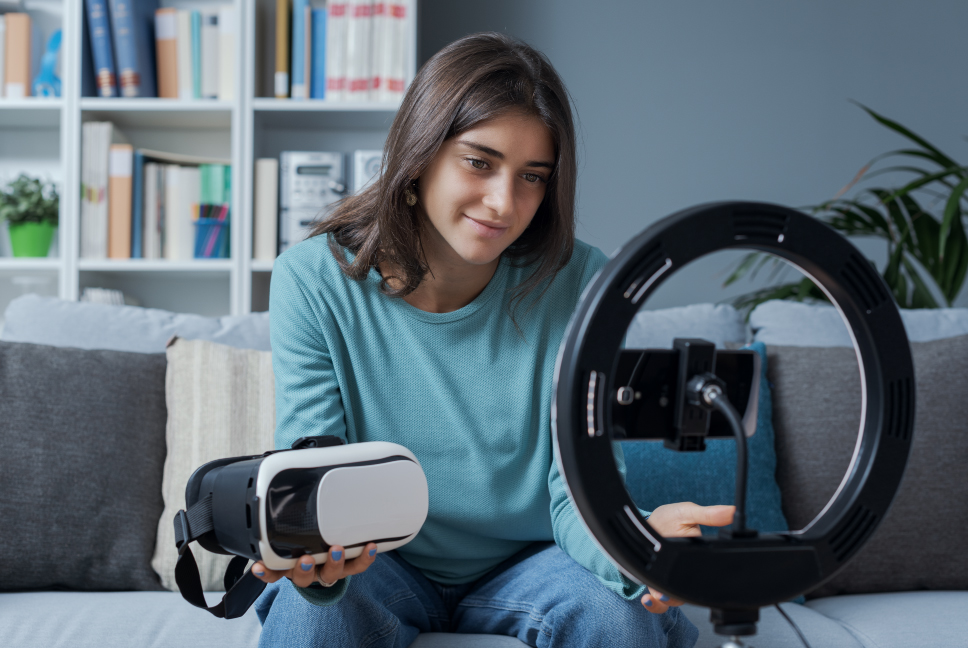The MotionCue 3D and automated rigging system

In the world of entertainment technology, achieving smooth, dynamic, and precise object transitions during performances is a critical aspect of captivating audiences. Two innovative systems, MotionCue 3D and automated rigging, play pivotal roles in realizing this objective by facilitating seamless object movements and transitions in various settings such as music events, theaters, and display shows.
MotionCue 3Dis a sophisticated operating console designed for intuitive and time-based programming of object movements. This fully integrated system is capable of controlling over 128 objects comprising up to 256 actuators, offering endless possibilities for transition sequences. Its most notable feature is the ability to handle supernatural and ultra-smooth object behavior with multiple parallel timelines within a single cue, thereby providing tremendous flexibility. This allows for instant alterations to any transition to achieve the perfect viewer experience. Whether changing, adding, or removing an actuator to an object, there is no need for reprogramming positions or cues, making the system highly flexible and efficient.
Theautomated rigging systemfurther complements the MotionCue 3D by automating all powered chain hoist movements, ensuring unprecedented accuracy in pre-programmed cues for flawless show transitions. This system is particularly tailored for the entertainment industry, enabling the positioning, suspending, and moving of an endless variety of objects to bring creative visions to life. What sets it apart is its dynamic motion control capability, allowing for lifting, rolling, and pitching of objects with unparalleled stability. The programming is object-oriented, meaning that inputs are based on the desired outcome for the object as a whole rather than individual chain hoists. This approach simplifies the programming process significantly. Furthermore, the system's durability is noteworthy, with a heavy-duty design that ensures longevity. The first generation of CyberMotion, introduced in 2002, is still operational, attesting to the system's robustness.
Both systems are designed with the end user in mind, featuring intuitive interfaces and powerful software solutions that make complex tasks manageable and efficient. They represent a leap forward in entertainment technology, offering unprecedented control and flexibility for show designers and technicians alike. The ability to create full performances quickly, coupled with the systems' adaptability and powerful control capabilities, underscores the technological advancements in the field of entertainment rigging and motion control. These systems not only facilitate the realization of complex artistic visions but also push the boundaries of what is possible in live performance and event production.
